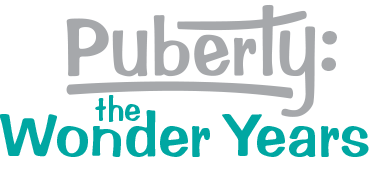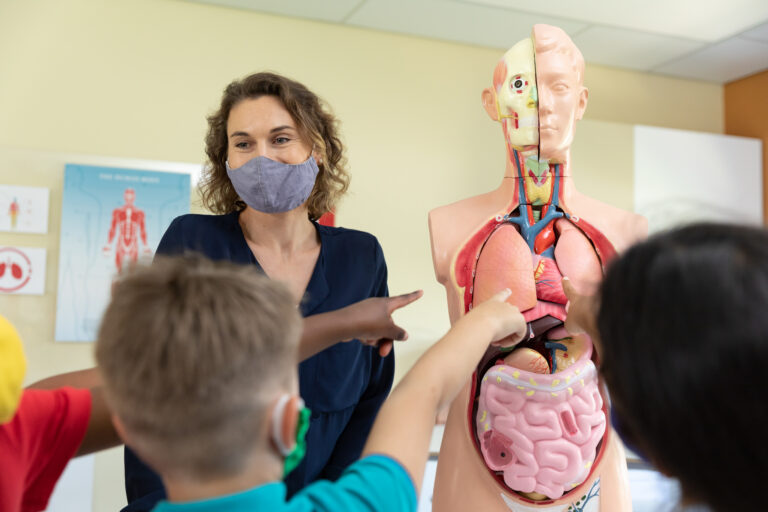
Welcome to our advice column where we address your questions about puberty education and adolescent development. Today’s question comes from an educator navigating the sometimes challenging terrain of comprehensive health education.
Q: Do you have any articles or “evidence” that it is important to be teaching gender to students starting in 4th grade? This is more difficult than ever with the current political situation.
A: Thank you for this thoughtful question that many educators are grappling with today.
The truth is, teaching about gender begins informally at (or before) birth. This happens naturally through modeling and messaging by the adults around each child. By the time children reach 4th grade, they’ve already absorbed countless implicit lessons about gender from their families, media, and society.
What formal education provides is the language, framework, and understanding to process these experiences in a healthy, accurate way.
What Medical Experts Say
The medical and psychological communities overwhelmingly support age-appropriate gender education. Here’s what some leading organizations have to say:
- Mayo Clinic provides guidance on supporting children in understanding gender identity, emphasizing that children begin developing their sense of gender very early in life.
- The Canadian Paediatric Society offers resources for discussing gender development with children in ways that support their healthy emotional growth.
- The American Academy of Pediatrics notes in their article on gender identity that children become conscious of physical differences between genders around age two and develop their sense of gender identity in the preschool years.
- Empowered Neuro Families makes compelling points about why schools address gender identity and how this education benefits all students.
Education as a Partnership
Ideally, parents would feel equipped to teach their children about all aspects of human development, including gender. However, like many complex topics, some parents are comfortable having these conversations while others aren’t prepared or choose not to address them.
Schools have always served as partners in preparing students for life, even in areas where home education might be inconsistent. Many parents actually rely on schools to address these topics professionally and appreciate this support, even if they don’t always realize how little is actually being taught.
Beyond Sex Education
It’s important to recognize that helping students understand gender isn’t primarily about “teaching gender” as a standalone topic. Rather, it’s about teaching children to understand:
- Themselves and their own identity development
- Others who may have different experiences
- The diverse world around them
This approach creates a more welcoming school environment where ALL children feel safe, valued, and able to learn effectively. We apply similar inclusive approaches when teaching about history, disabilities, race, ethnicity, cultures, family structures, and many other aspects of human identity and experience.
Many sex education specialists actually view lessons about gender identity as distinct from sex education itself. Gender is about an individual’s internal sense of self—not about reproduction, physical development, or sexual behavior. This distinction is important when considering curriculum frameworks and parental notification policies.
Moving Forward
While navigating these discussions in today’s political climate can feel challenging, remember that developmentally appropriate education about gender has been recommended by medical professionals and education experts for decades. This isn’t new territory—it’s just receiving more attention.
By grounding your approach in child development research and focusing on creating inclusive learning environments where all students can thrive, you’re providing your students with essential tools for understanding themselves and others.
Do you have a question for our experts? Send us an email!



